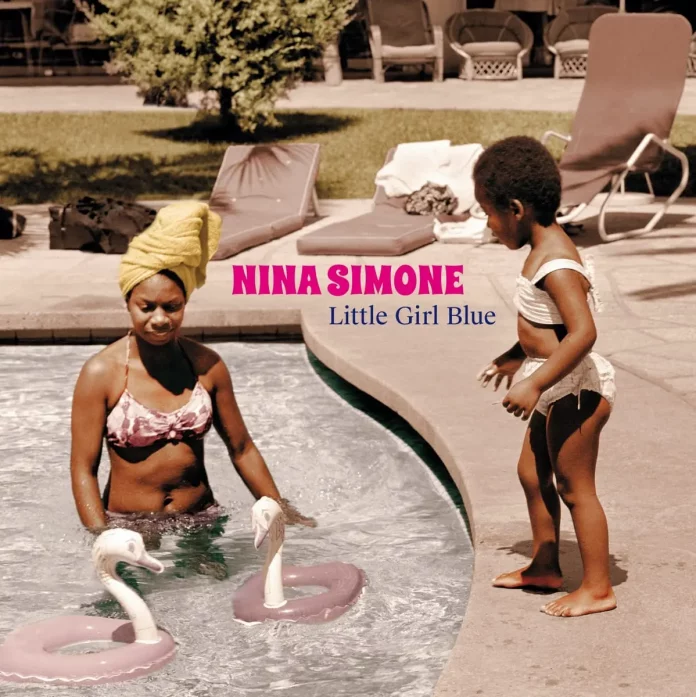I had already heard an occasional track by Simone on the radio, but my proper introduction was when a friend played the Little Girl Blue LP to me. I was mesmerised, and all these years (or, rather, decades) after it still holds the same power.
About 25 years later I saw Simone at the Barbican and it was not an edifying spectacle. In the whole evening she only completed performances of three or four songs (she abandoned Baltimore after the first verse, commenting bitterly that “Randy Newman gets the money for this” which is perhaps not unreasonable as he wrote it) and, bizarrely, spent some time trying to recruit a new secretary from the audience. The noisy, self-advertising occupants of the front rows, apparently devoted worshippers, seemed to revel in the unedifying spectacle, and the more distressing the event became the more they seemed to egg Simone on.
This expanded reissue of the classic debut album comes housed in an 88-page hardback book written by Brian Morton. (It was a toss-up whether we covered it as a book with CD enclosed or a CD with a very elaborate sleeve-note. It became a book, since that’s the novel element of the issue.)
The text is interspersed with many excellent photographs, formal and informal, of Simone in various contexts. Morton’s text is as clear, well-balanced and informative as ever, and gives due weight to both the intensity and sincerity of Simone’s musical performances and the often self-pitying nature of her behaviour onstage and elsewhere. (In using the term “self-pitying” I do not deny that she had good cause for her bitterness, on her own behalf and on behalf of her race.) He dissects and sometimes explodes details of her personal mythology, such as the reason for her rejection by the Curtis Institute of Music (was it racism or was she just not up to the required standard?) when she had hoped for a career in classical music. Her love of Bach often surfaced in her piano-playing throughout her career.
The audio isn’t without novelty, the original album reinforced by nine bonus tracks. The record has lost none of its mesmeric emotional power or musical interest. Without resorting to melodramatics Simone conveys strong emotions that catch the listener up, supporting her vocals with crisp and elegant piano, and here and there revealing those Bach influences.
Three of the bonuses are taken from the same sessions as the album tracks. The remainder are mostly from live performances, although two of the tracks originally labelled as being “live at Town Hall New York” were actually studio recordings with applause dubbed on.
For the album sessions in December 1957 Simone is given sterling support by bassist Jimmy Bond and drummer Albert “Tootie” Heath, whilst on the other bonuses she is accompanied by Al Shackman on guitar, Chris White on bass and Bobby Hamilton on drums (for House Of The Rising Sun from Live At The Village Gate) and Wilbur Ware (bass) and Ben Riley (drums) for the Town Hall numbers.
Nina Simone: Little Girl Blue – Jazz Images 83318 / ISBN 978-84-09-43381-0
















